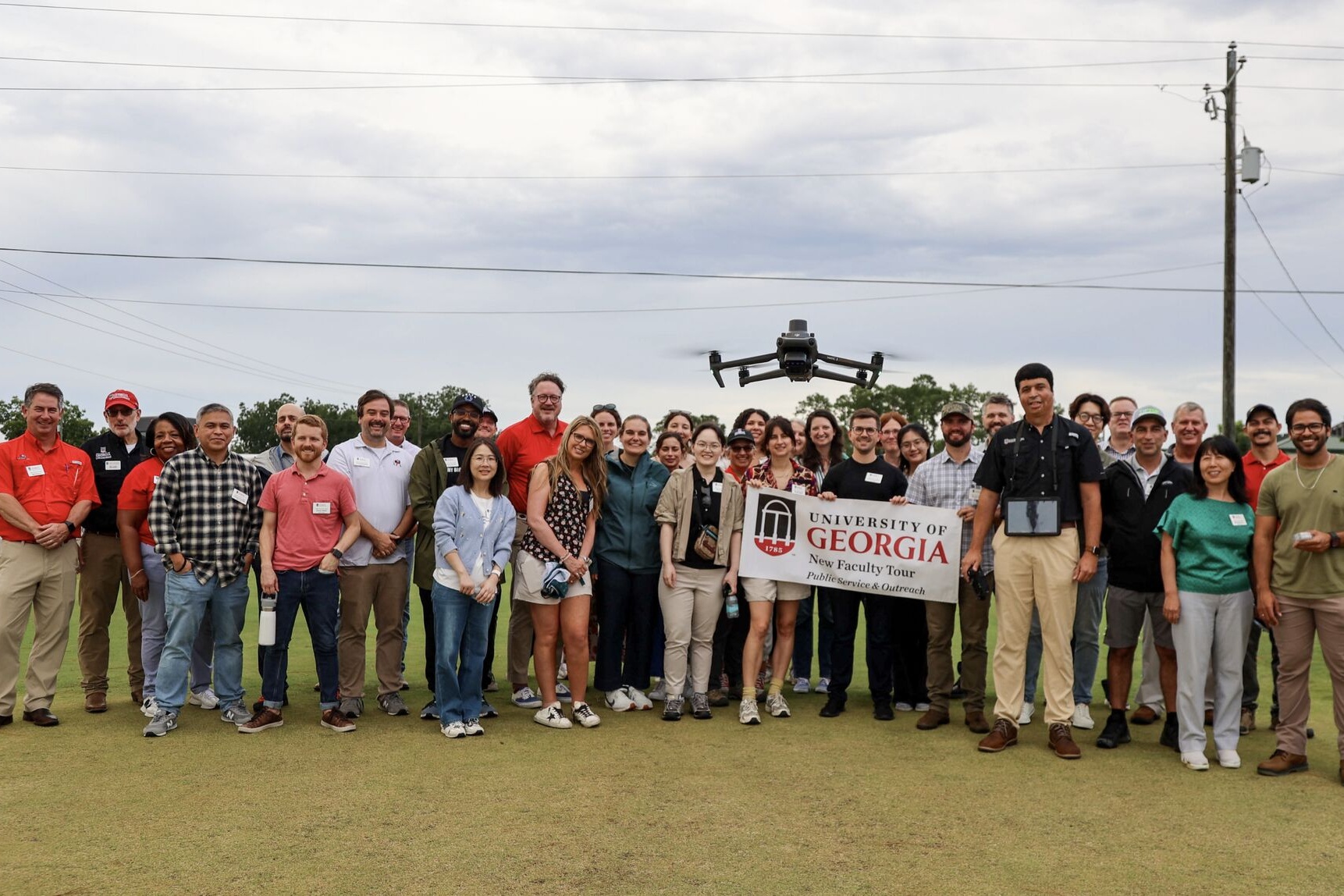(EDITOR’S NOTE: On Thursday, Sept. 2, David
Stooksbury can be contacted at 912-790-8287.)
By Dan Rahn
University of Georgia
All Georgians should take seriously the need to prepare for
Hurricane Frances, said State Climatologist David Stooksbury. And
when he says “all Georgians,” he means people from the coast to
the mountains.
“People shouldn’t focus too closely on the projected track of a
hurricane,” Stooksbury said. “They should pay more attention to
the swath of impact, which is a much greater area.
Hurricane-force winds can be felt 100 miles away from the center
of a major hurricane and tropical-storm-force winds (up to 74
miles per hour) much farther.”
As of 5 p.m. Wednesday, the National Hurricane Center’s official
five-day forecast track was predicting Frances would cross the
southwestern corner of the state early Monday. But Stooksbury
stresses that people shouldn’t let down their guard if the
forecast track seems to be missing them.
Be alert
“Pay close attention to what your county emergency management
agency is saying,” he said. Tropical storms, he said, have
farther reach and more ways to wreak havoc than people tend to
think.
“We learned from Charley, Opal (1995) and Hugo (1989) that the
winds of major hurricanes can cause tremendous damage as far away
as the mountains,” he said. “And we learned from Tropical Storm
Alberto (1994) that tropical rains can produce devastating
flooding.”
Storm surges are deadly concerns for coastal residents where a
tropical system makes landfall. But flooding can be a major
threat hundreds of miles inland. Over the past three decades, he
said, more people have died of inland flooding than from storm
surges.
Hard lessons
Georgia residents should know. In July 1994, Alberto dumped 10 to
20 inches of rain in west and central Georgia. The rain overran
the Flint, Ocmulgee and Chattahoochee rivers, flooding an area
the size of Massachusetts and Rhode Island combined.
The flood forced more than 40,000 Georgia residents to evacuate.
It closed 1,700 roads and 300 bridges, destroyed 12,000 homes and
businesses and took the lives of 30 people.
As Hurricane Frances and any other tropical storm approaches,
Stooksbury said, it’s important to pay close attention to weather
forecasts and local emergency management advisories. And properly
prepare for whatever is headed your way:
- Shutter, board up or tape your windows if storm-force winds
are forecast. Tape won’t keep a window from breaking but may
prevent flying glass. Put away bicycles, children’s toys, lawn
furniture, garbage cans and other loose items. Tie down anything
you can’t store inside. - Make sure you have a safe place to put your animals, whether
you are going to stay or evacuate. This applies both to livestock
and to pets. - Turn your refrigerator or freezer controls to the coldest
setting, so food will stay cold longer if power fails. Fill large
containers with water. Make sure you have several days’ supply of
prescription medications. And stock up on candles, lamps and
flashlights. - Have several days’ supply of drinking water and foods you
don’t have to refrigerate or cook. If you do cook, don’t use gas
or charcoal grills indoors or in an enclosed, poorly ventilated
space. - Fill the fuel tank of your vehicle and have it ready to go if
you may need to evacuate. - Have a contact person for family members to call who lives
outside the region being hit. That way, when everyone’s scattered
and evacuating, they can check in with this stable person and
distribute news about everyone’s whereabouts and condition.
Learn more about preparing for tropical storms at these Web sites:
- Natural Disasters in Georgia (interests.caes.uga.edu/disaster)
- Georgia Emergency Management Agency (www.gema.state.ga.us)
- FEMA (www.fema.gov)
(Dan Rahn is a news editor with the University of Georgia
College of Agricultural and Environmental Sciences.)



